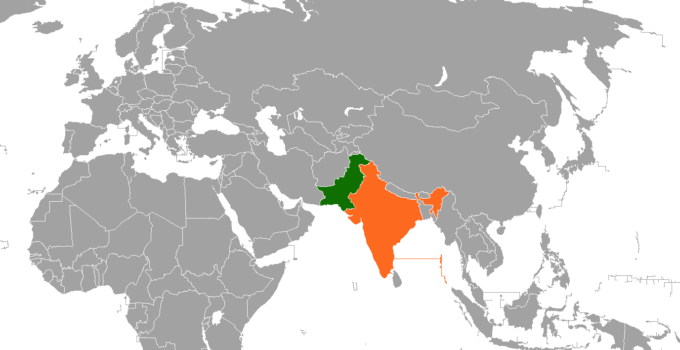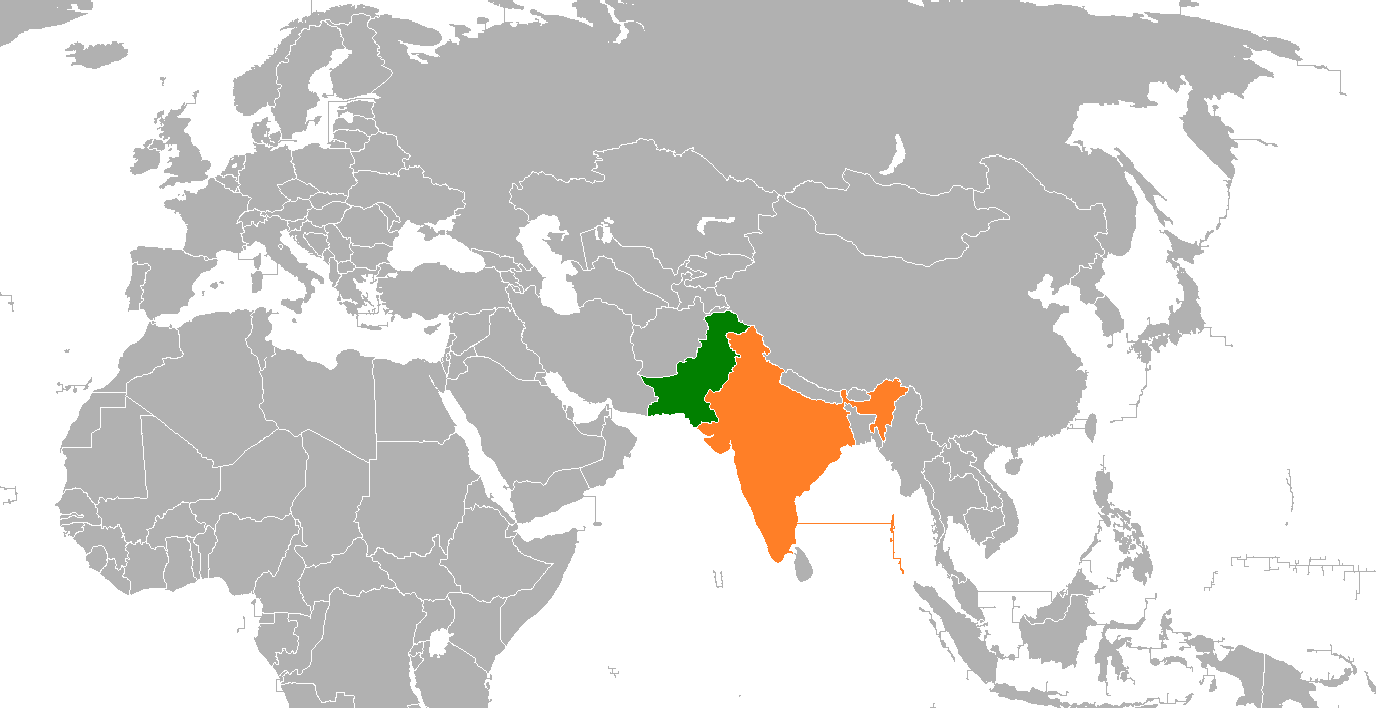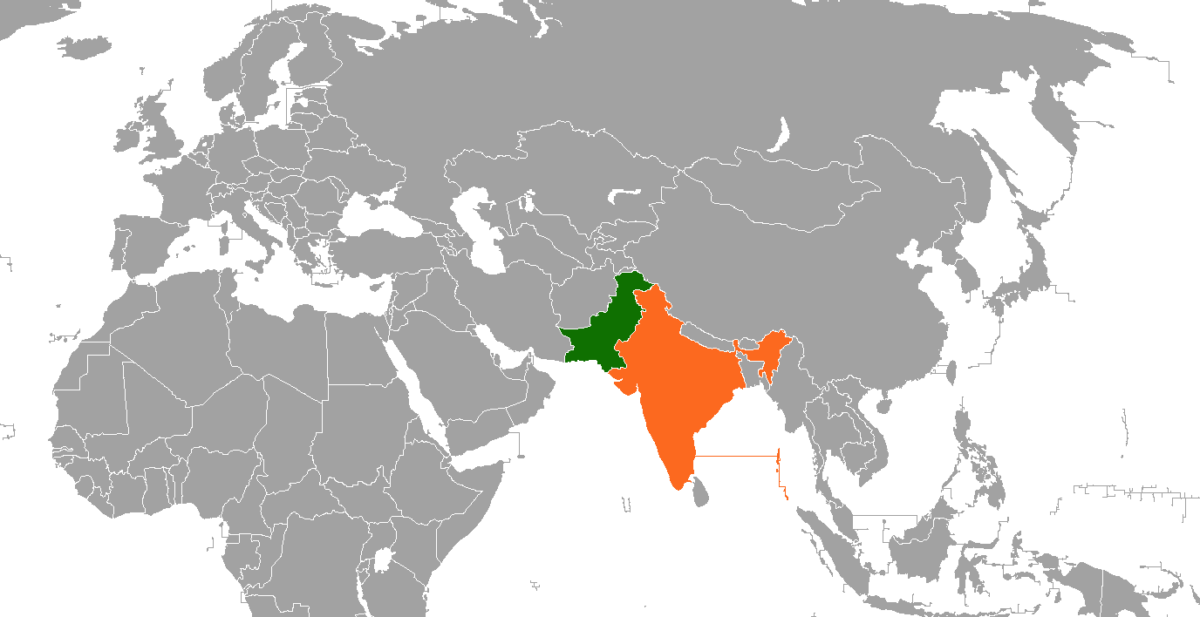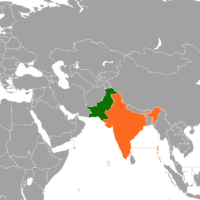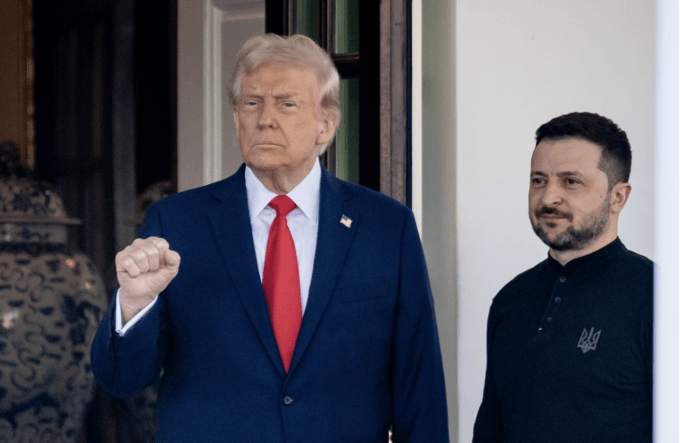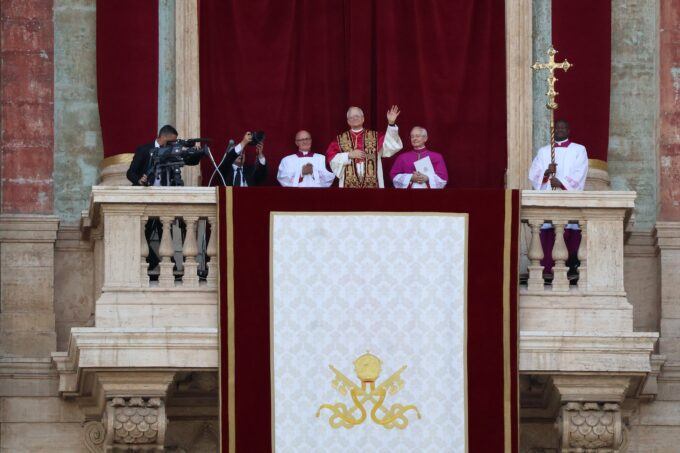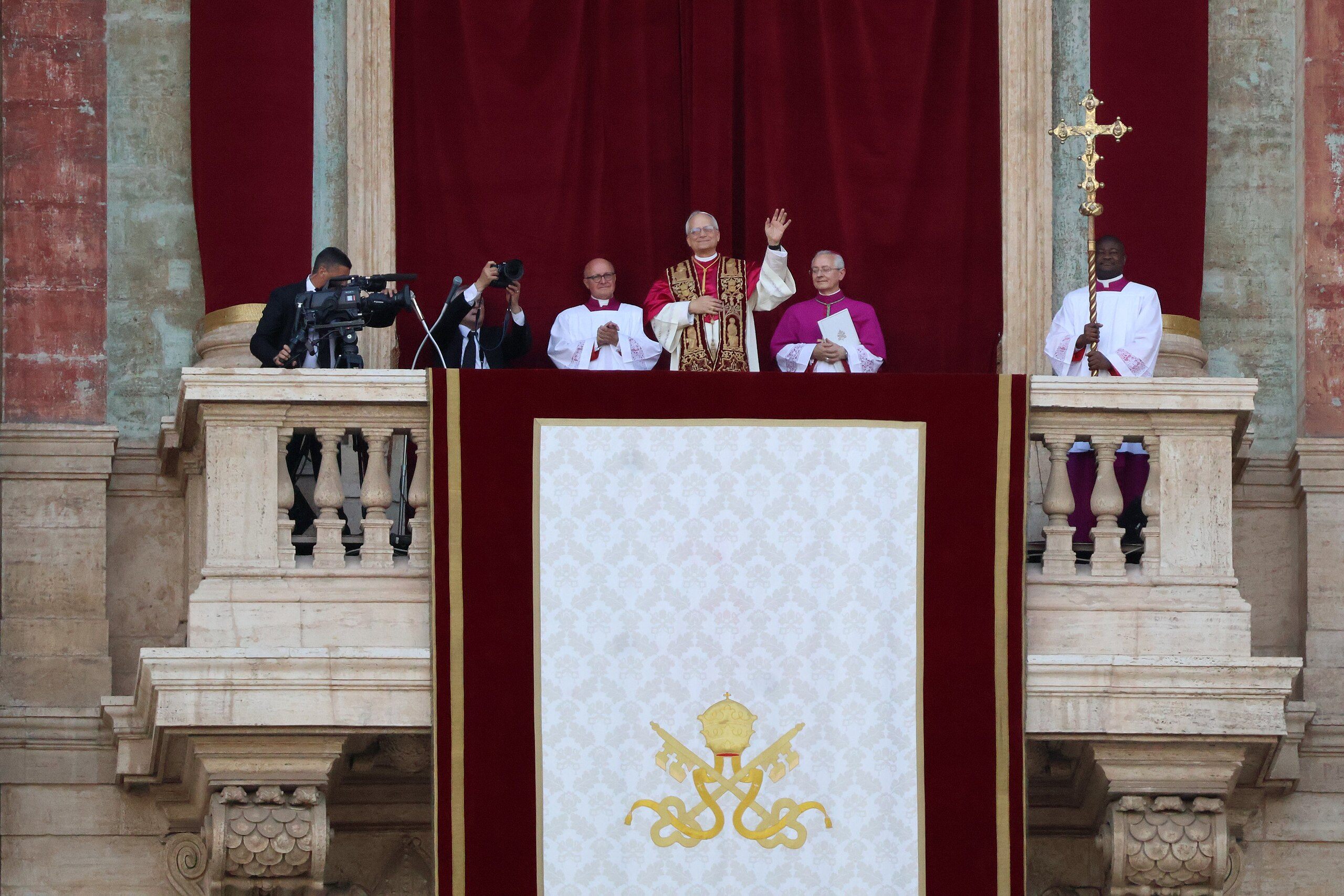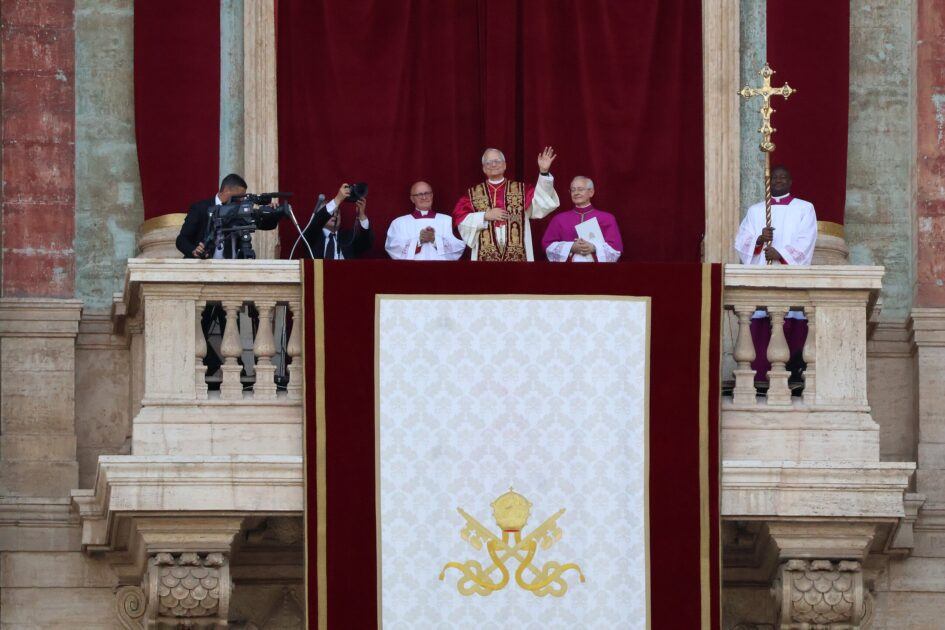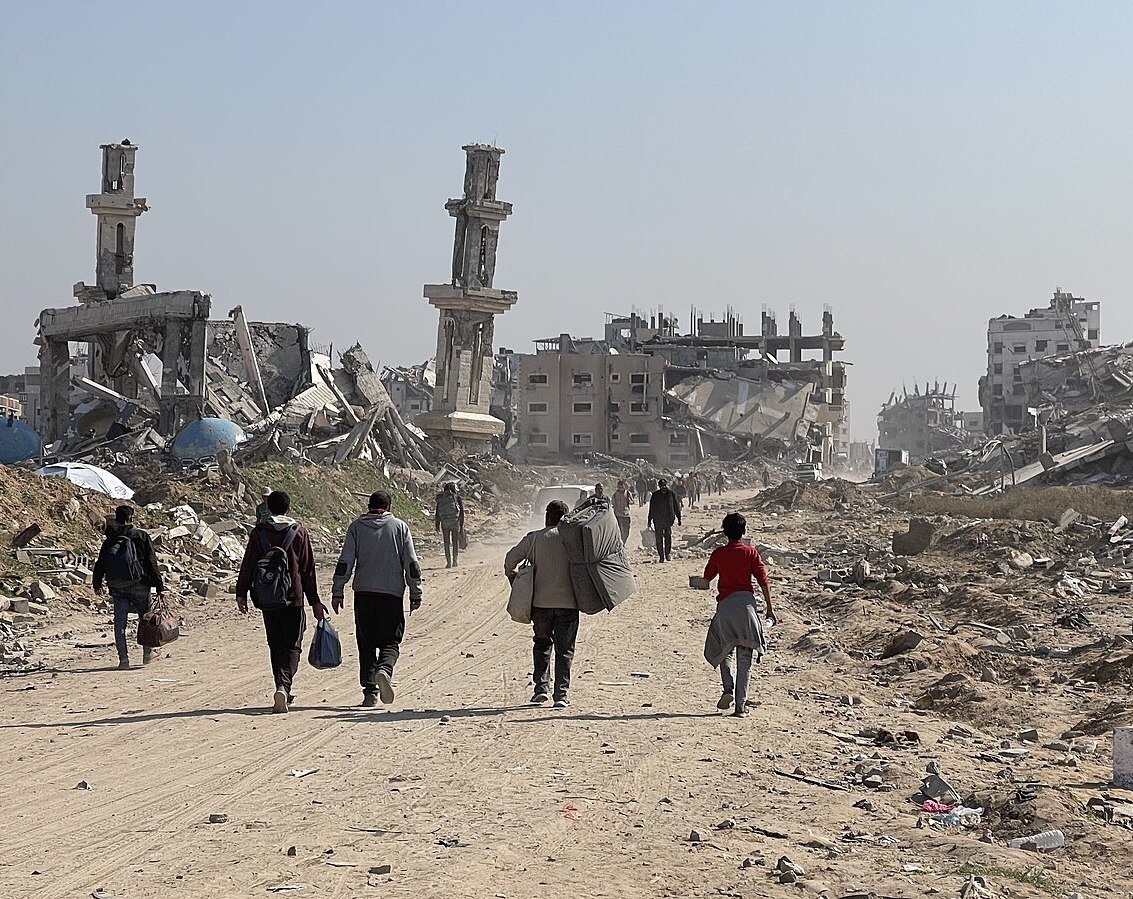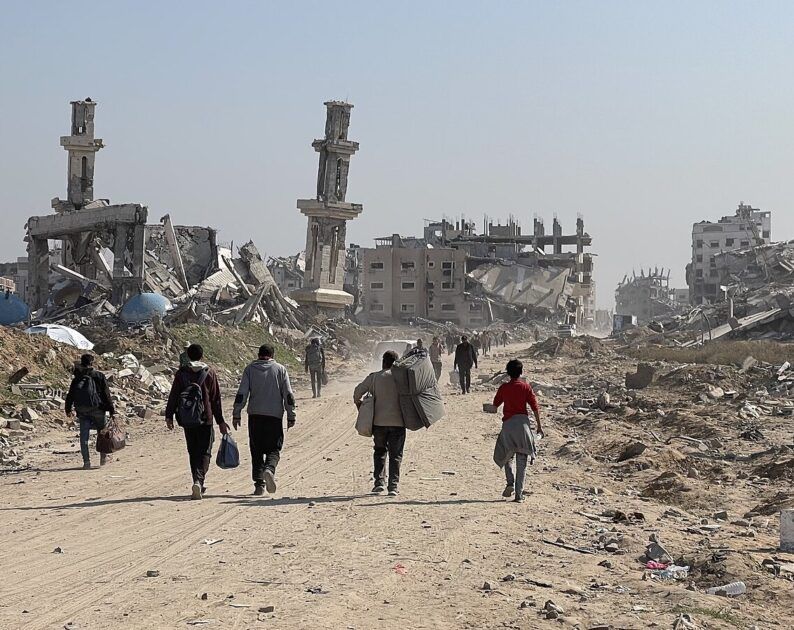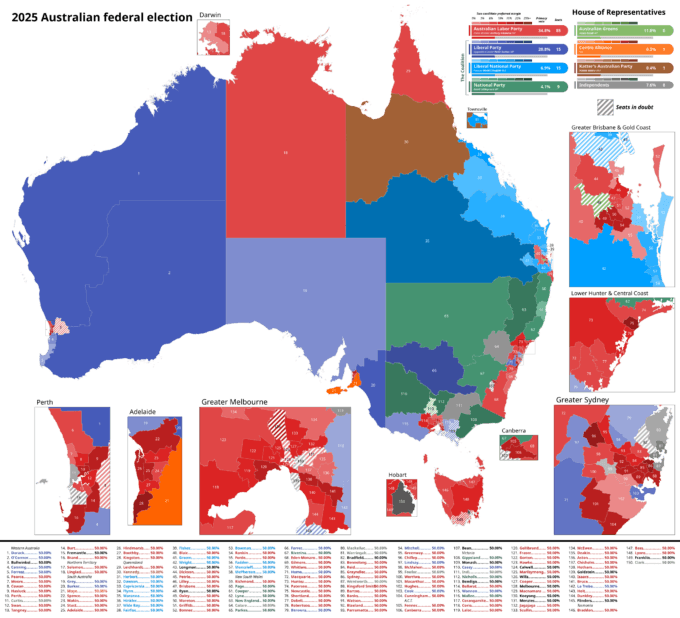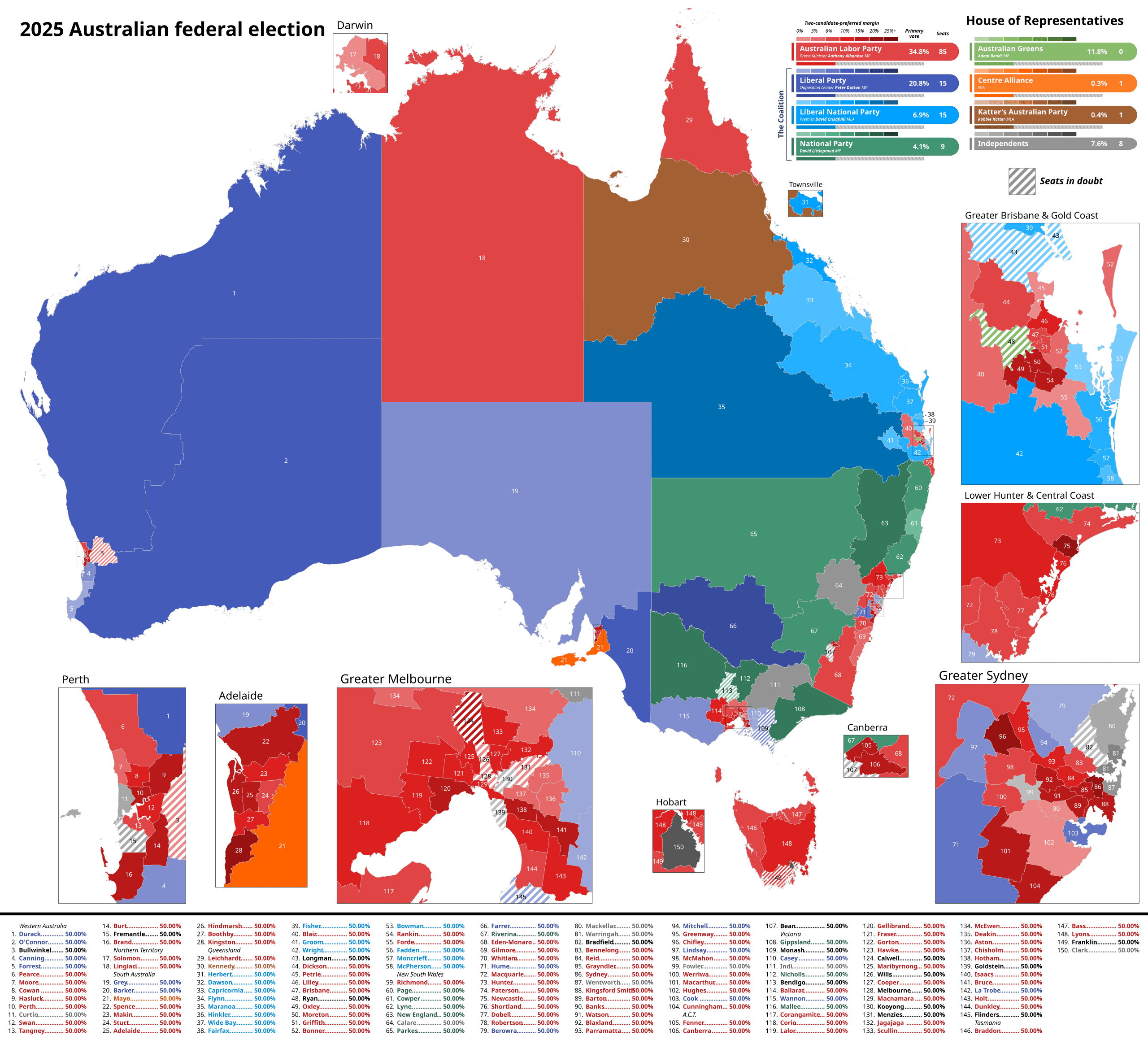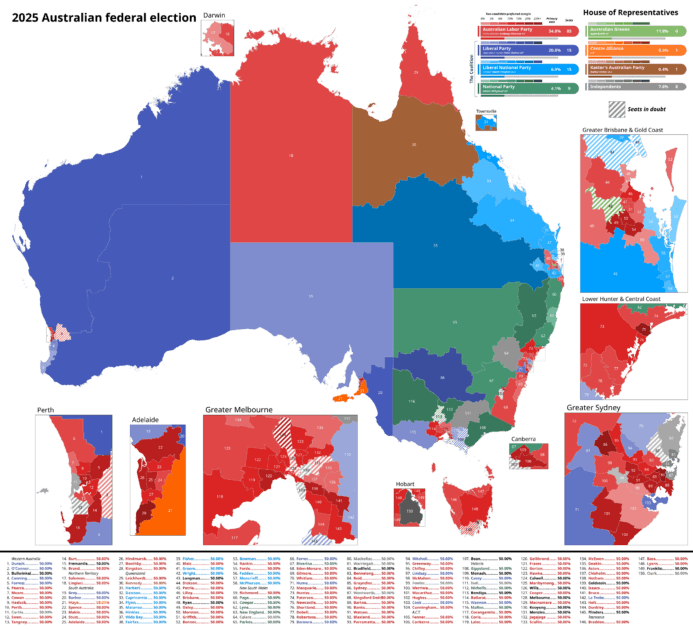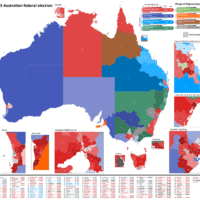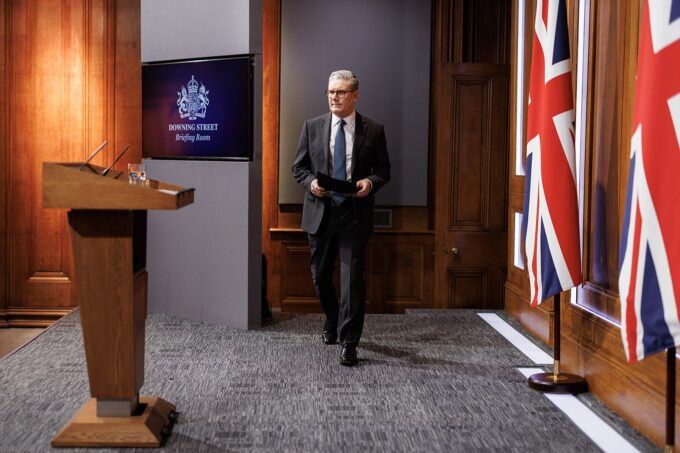





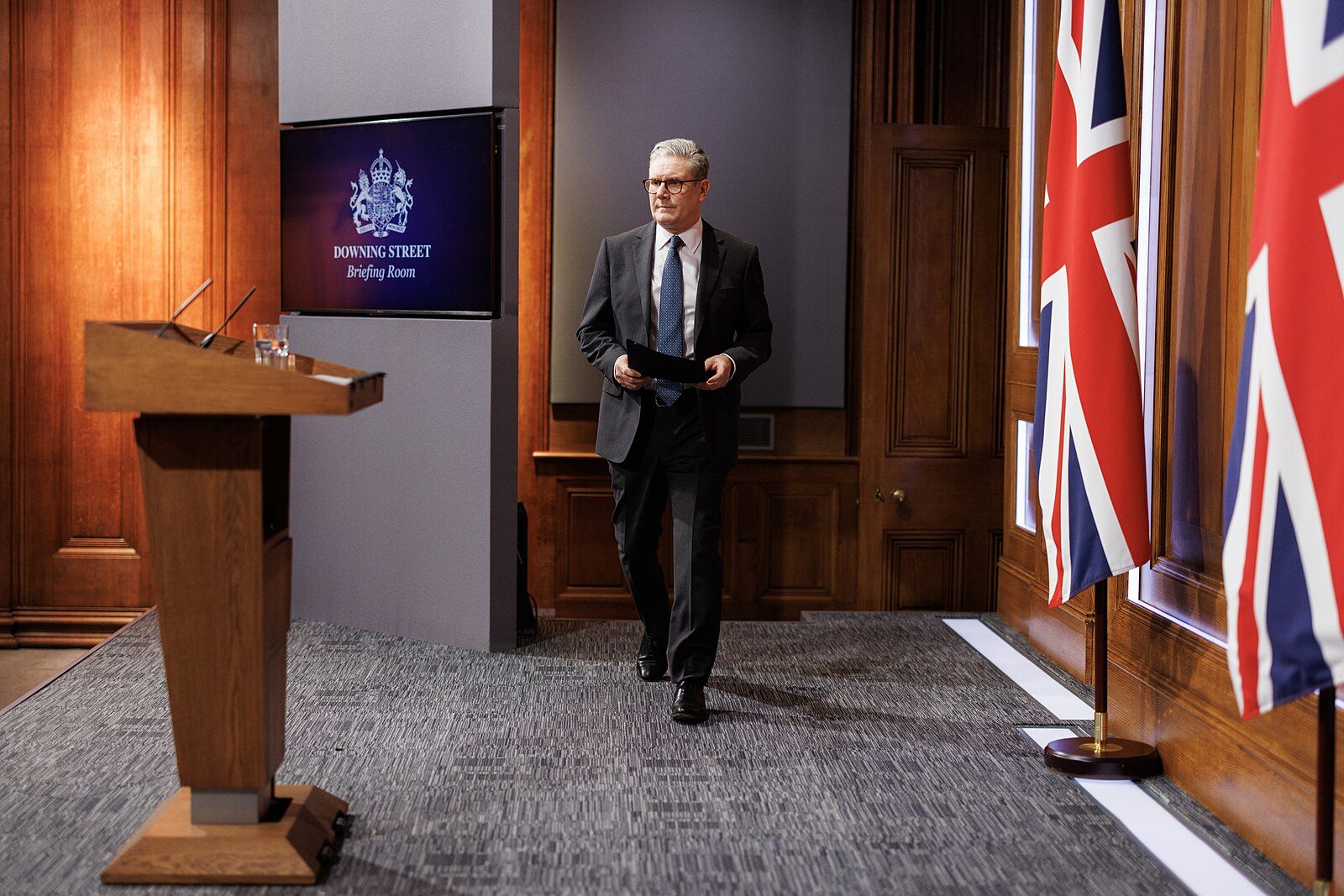


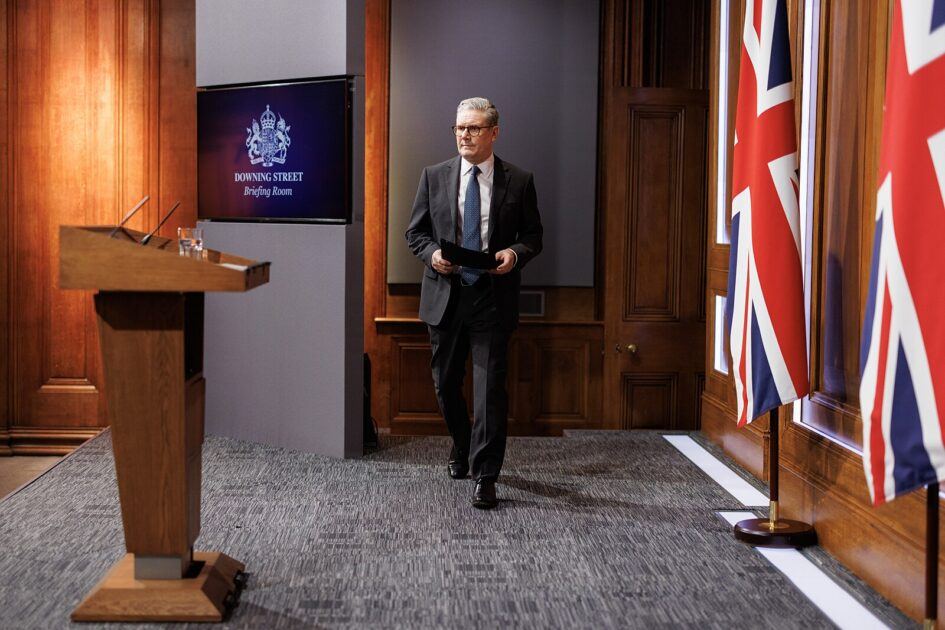





















































Photograph Source: Simon Dawson / No 10 Downing Street – OGL 3
Unpopular governments always retreat to grounds of lazy convenience. Instead of engaging in exercises of courage, they take refuge in obvious distractions. And there is no more obvious distraction than preparing for war against a phantom enemy.
That is exactly where the government of Sir Keir Starmer finds itself. Despite a mammoth majority and a dramatically diminished Tory opposition, the Prime Minister acts like a man permanently besieged, his Labour Party seemingly less popular than Typhoid Mary. His inability to be unequivocal to questions of whether he will contest the next election suggest as much.
The same cannot be said about his enthusiasm for the sword and sabre. There are monsters out there to battle, and Sir Keir is rising to the plate. Sensing this, the military mandarins, most prominently General Sir Roland Walker, head of the Army, have been more than encouraging, seeing the need to ready the country for war by 2027. Given the military’s perennial love affair with astrology, that state of readiness could only be achieved with a doubling of the Army’s fighting power and tripling it by 2030.
Given that background, the UK Strategic Defence Review (SDR) was commissioned in July 2024. Led by former Labour Defence Secretary and NATO Secretary General Lord George Robertson, the freshly released report promises a fat boon for the military industrial complex. Like all efforts to encourage war, its narrative is that of supposedly making Britain safer.
Starmer’s introduction is almost grateful for the chance to out the blood lusting enemy. “In this new era for defence and security, when Russia is waging war on our continent and probing our defences at home, we must meet the danger head on.” The placing of noble Ukraine into the warming fraternity of Europe enables a civilisational twist to be made. The Russian military efforts in Ukraine are not specific to a murderous family affair and historical anxieties but directed against all Europeans. Therefore, all Europeans should militarise and join the ranks, acknowledging that “the very nature of warfare is being transformed” by that conflict.
In pursuing the guns over butter program, Starmer recapitulates the sad theme of previous eras that led to global conflict. As Europe began rearming in the 1930s, a prevalent argument was that people could have guns and butter. Greater inventories of weaponry would encourage greater prosperity. So, we find Starmer urging the forging of deeper ties between government and industry and “a radical reform of procurement”, one that could only be economically beneficial. This would be the “defence dividend”, another nonsense term the military industrial complex churns out with such disconcerting ease.
The foreword from the Defence Secretary, John Healey, outlines the objectives of the SDR. These include playing a leading role in NATO “with strengthened nuclear, new tech, and updated conventional capabilities”; moving the country to a state of “warfighting readiness”; nourishing the insatiable military industrial Moloch; learning the lessons of Ukraine (“harnessing drones, data and digital warfare”); and adopting a “whole-of-society approach”, a sly if clumsy way of enlisting the civilian populace into the military enterprise.
The review makes 62 recommendations, all accepted by the grateful government. Some £15 billion will go to the warhead programme, supporting 9,000 jobs, while £6 billion will be spent on munitions over the course of the current Parliament. A “New Hybrid Navy” is envisaged, one that will feature Dreadnought and the yet to be realised SSN-AUKUS submarines, alongside “support ships” and “autonomous vessels to patrol the North Atlantic and beyond.” Submarine production is given the most optimistic assessment: one completion every 18 months.
The Royal Air Force is not to miss out, with more F-35s, modernised Typhoons, and the next generation of jets acquired through the Global Combat Air Programme. To his splurge will be added autonomous fighters, enabling global reach.
Mindless assessments are abundant in the Review. The government promises a British army 10 times “more lethal to deter from the land, by combining more people and armoured capability with air defence, communications, AI, software, long-range weapons, and land drone swarms.” Some 7,000 new long-range weapons will be built and a New CyberEM Command established “to defend Britain from daily attacks in the grey zone.” Keeping those merchants of death happy will be a new Defence Exports Office located in the Ministry of Defence, one intended “to drive exports to our allies and growth at home.”
The fanfare of the report, festooned with fripperies for war, conceals the critical problems facing the British armed forces. The ranks are looking increasingly thinned. (In 2010, regular troop numbers stood at 110,000; the current target of 73,000 soldiers is being barely met.) Morale is ebbing. The state of equipment is embarrassingly poor. The UK’s celebrated submarine deterrent is somewhat less formidable in the deterrence department, with its personnel exhausted and subject to unpardonably lengthy stints at sea. The 204-day patrol by HMS Vanguard is a case in point.
Whether the SDR’s recommendations ever fructify remains the hovering question. It’s all very good to make promises about weapons programmes and boosting a country’s readiness to kill, but militaries can be tardy in delivery and faulty in execution. What saves the day may well be standard ineptitude rather than any firebrand conviction in war. To the unready go the spoils.
The post Off to War We Go: Starmer’s Strategic Defence Review appeared first on CounterPunch.org.
This post was originally published on CounterPunch.org.









